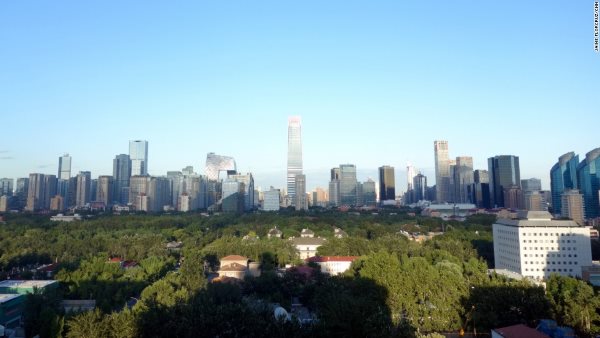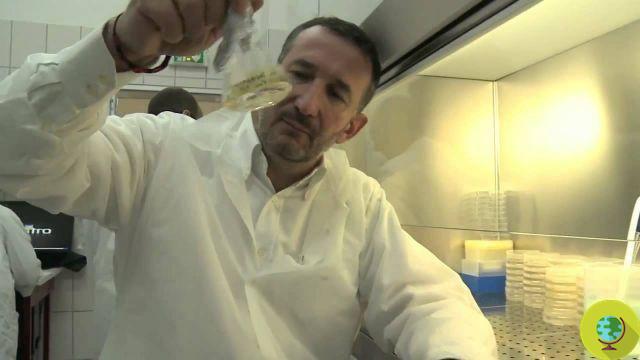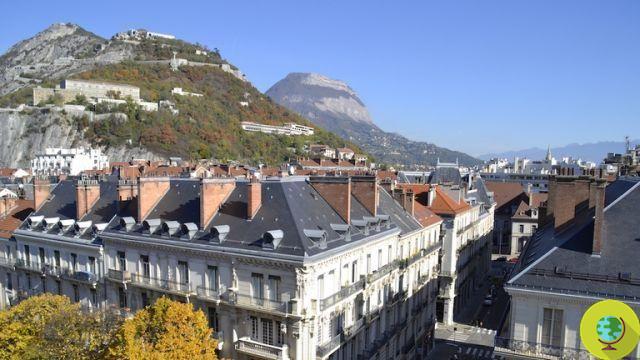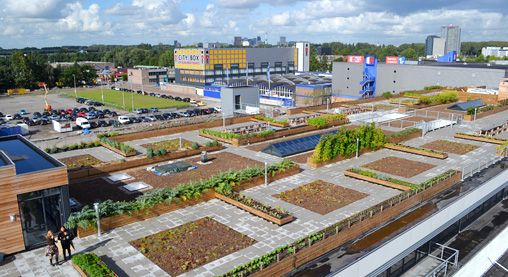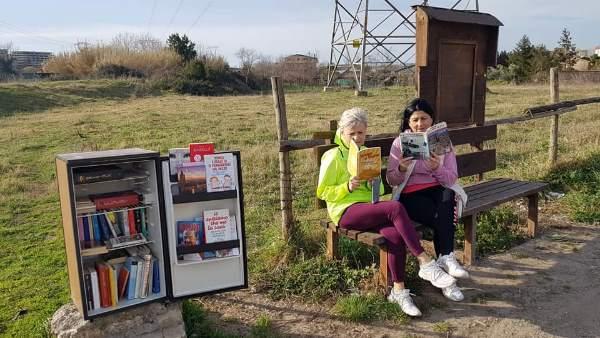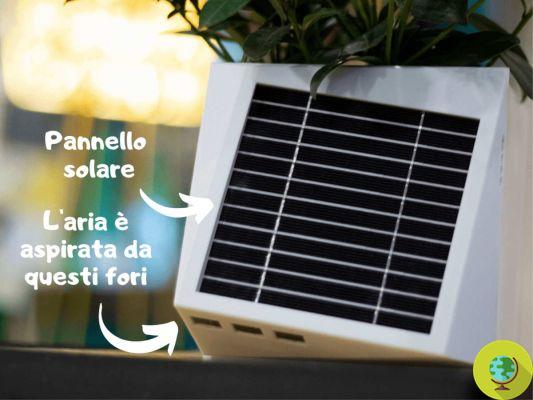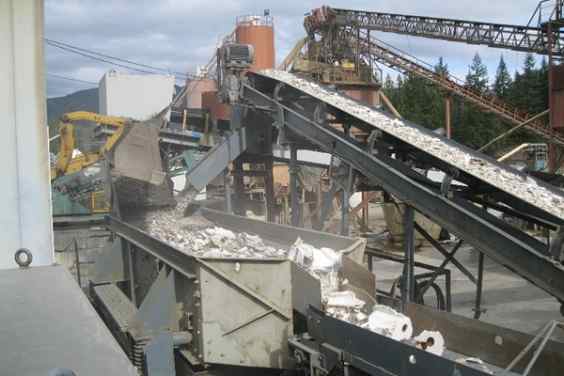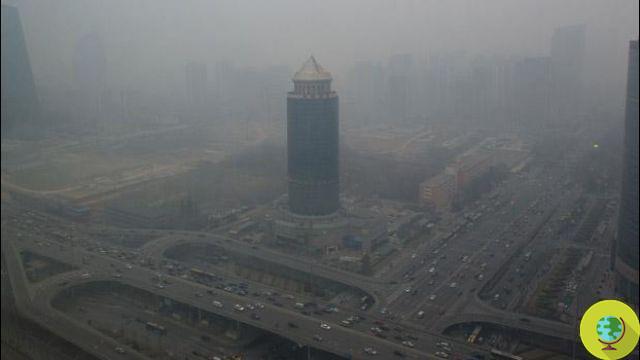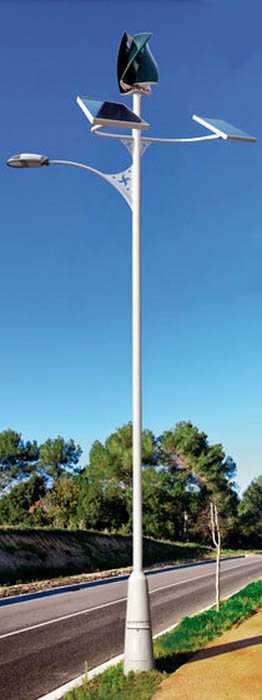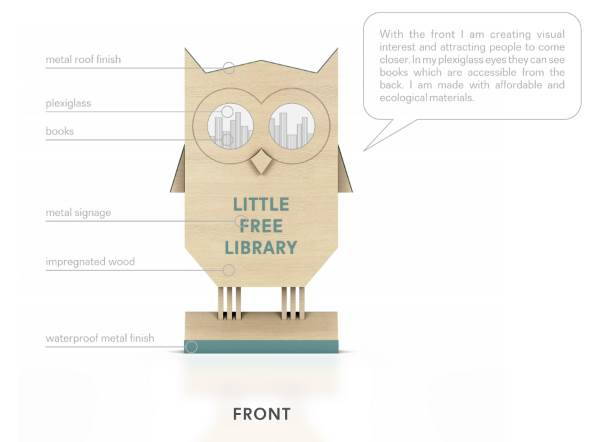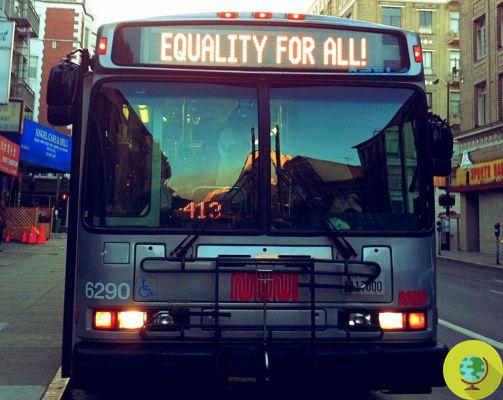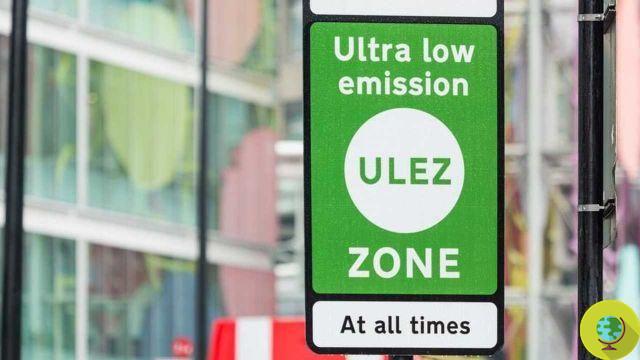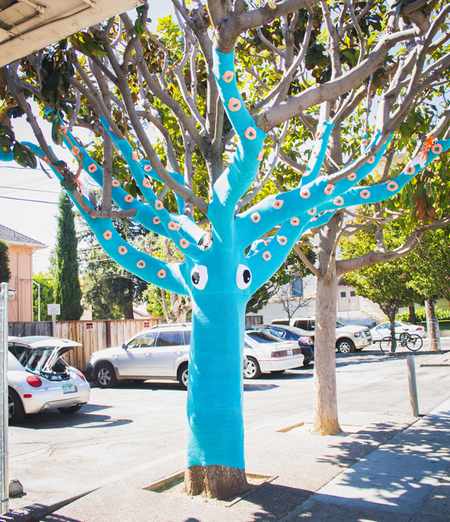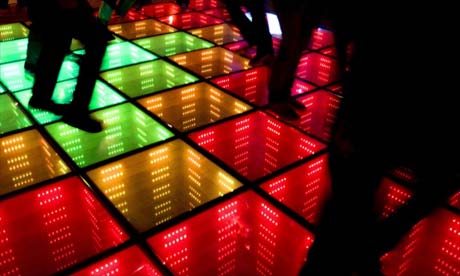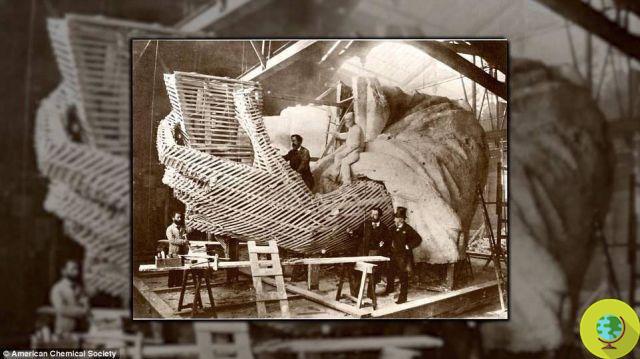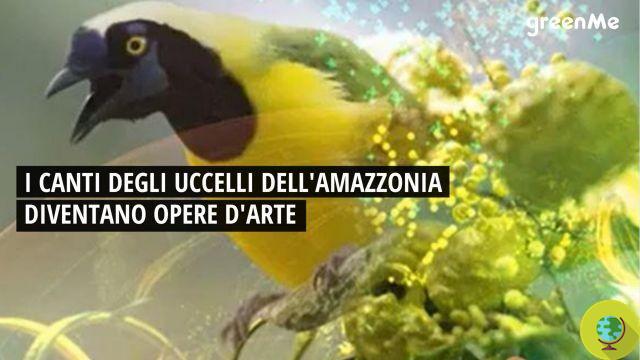
Carbon black on bird feathers from 100 years ago that reveals how urban pollution has changed in recent decades.
Carbon black on bird feathers from 100 years ago that reveals how urban pollution has changed in recent decades.They are known as yellowish larks, in English Horned Larks. Birds characterized by a candid white belly and brown plumage flecked with yellow. At least today. About 100 years ago, urban pollution in the United States had darkly stained their feathers, which were covered with soot in the air.
A new study has examined the ancient specimens of these birds, guests in some museums to track the amount of carbon black or carbon black present in the air over time and evaluate the effects of environmental policies on pollution.
Carbon black is a product of the combustion of heavy petroleum products including coal tar, tar obtained from ethylene cracking or from vegetable fats and oils.
Scientists from the University of Chicago Committee on Evolutionary Biology and the Field Museum have long known that birds in the early 1900s were visibly darker than their peers today. Their suspicions concerned the presence of pollutants in the atmosphere at the time. All the fault of the industrial revolution in progress.
"The soot on the feathers of these birds has allowed us to track the amount of carbon black in the air over time," he said study author Shane DuBay. "We found that the air at the turn of the century was even more polluted than previously estimated."
DuBay and study co-author Carl Fuldner, a student in the Department of Art History, have photographed more than a thousand birds of 5 species different, lived over a period of 135 years to determine and quantify the effects of soot in the air of American cities in the industrial area of Chicago. The soot had stuck to their feathers, which acted as real filters. The scholars then measured the level of reflected light. The images, which depict the contrast between gray and dirty birds with clean whites, should be sobering.
“When you touch these birds, you find traces of soot on your hands. We wore white gloves and they got stained just like leafing through a newspaper, ”the researchers explained. “If you look at Chicago today, the skies are blue. But when you look at the images of Beijing and Delhi, you get the picture of what American cities like Chicago and Pittsburgh once looked like. Soot on birds precisely follows the use of coal over time. During the Great Depression, there is a sharp decline in carbon black on birds because coal consumption has dropped ”.
According to the study, the amount of soot on birds began to rise again during World War II, when the war industry led to the use of coal. Then it fell after the end of the conflict, when other energy sources such as natural gas were also used to heat homes.
READ also:
- IN INDIA POLLUTION IS RUINING THE TAJ MAHAL
- SMOG ALARM: 10 WAYS TO REDUCE AIR POLLUTION
“Just because the newer birds are cleaner doesn't mean we're okay,” DuBay said. "Even though the United States releases less black carbon than in the past, we continue to put less obvious pollutants into our atmosphere, those pollutants aren't as visible as soot."
The research was published on Pnas.
Francesca Mancuso






